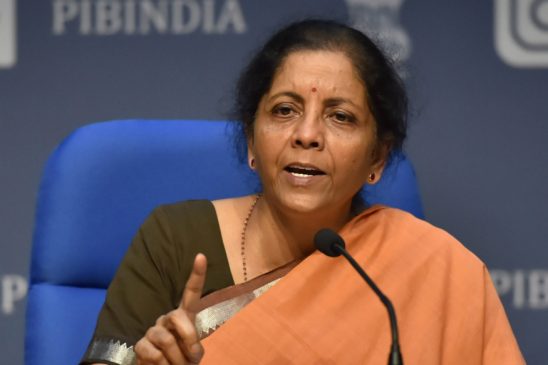The Budget 2024 discussions kick in from today. Among the demands for tax relief — such as lower rates, revised slabs, and higher deductions — is the expectation that more non-metro cities will be included for a 50% house rent allowance (HRA) exemption.
Employees who receive HRA and pay rent can claim a tax exemption on this allowance under the old income tax regime. The exemption varies based on whether the employee resides in a metro city for tax purposes. If an employee receiving HRA does not live in a rented house, the entire allowance is fully taxable.
Also Read : Govt To Launch Special Campaign For Family Pensioners’ Grievances Redressal On July 1
The gripe
Currently, rented houses in Delhi, Mumbai, Kolkata, and Chennai qualify for a 50% HRA exemption, while other locations, including Bengaluru, fall into the 40% category. Given the growth of cities in population and economic significance, experts see a pressing need to reconsider the classification of metropolitan and non-metropolitan areas.
The Constitution (Seventy-Fourth Amendment) Act of 1992 designates the National Capital Region (NCR), Mumbai, Kolkata, Bengaluru, Pune, Hyderabad, and Chennai as metro cities. However, considering overall development factors, cities like Ahmedabad, Surat, and Kanpur could also be considered metros.
Yet, the HRA tax exemption for salaried individuals in these cities remains lower at 40% because the tax laws have not been updated to reflect current realities. Residents in rapidly developing non-metro areas often face higher rents due to urban growth but receive fewer tax breaks compared to metro cities. As more people move to these areas for work, experts urge the government to rethink rent exemption rules to ease the financial burden on taxpayers.
Also Read : 6 major financial deadlines, rules change in July 2024: Credit cards, Paytm wallets, ITR deadline
For HRA calculation, the following cities are considered metro cities: Delhi, Mumbai, Kolkata, Chennai. Cities in the National Capital Region (NCR) or the Mumbai Metropolitan Region (MMR) are not classified as metro cities for HRA tax calculations. Consequently, residents of cities like Noida, Gurgaon, Faridabad, Navi Mumbai, and Thane cannot claim a 50% HRA tax exemption, despite often facing high rents in these areas.
Here’s how to claim HRA during tax filing to maximize your tax savings.
HRA Calculation:
The exemption on HRA is calculated based on the least of the following:
Actual HRA received.
- 50% of salary (for those living in metro cities) or 40% of salary (for non-metro residents).
- Rent paid minus 10% of the salary.
Required Documents to Claim HRA:
- Rent Receipts with acknowledgments from the landlord, along with the landlord’s PAN details if the rent exceeds Rs 1 lakh annually.
- Rental Agreement: A formal rental agreement that substantiates your claim.
While these documents do not need to be uploaded, they should be readily available in case of an enquiry by the authorities. False HRA claims can lead to penalties, so it’s crucial to be cautious and aware of the consequences.





































